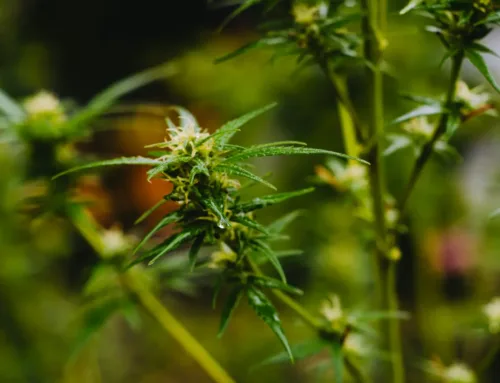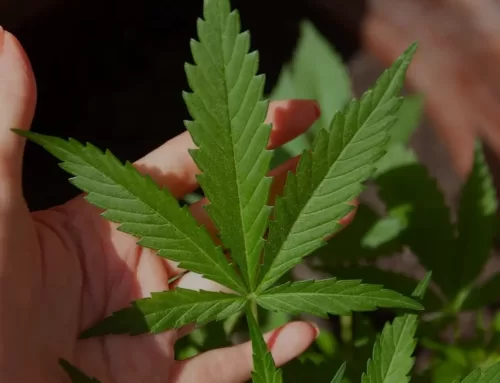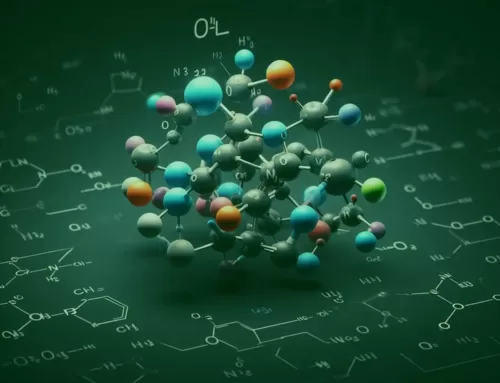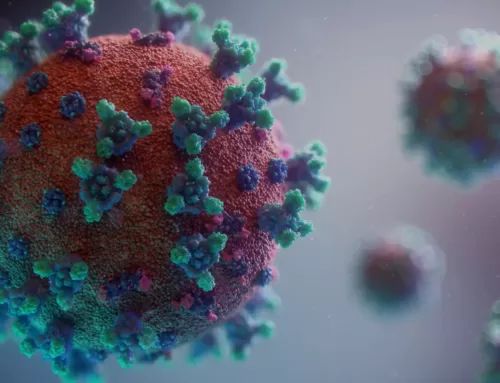CBD, short for cannabidiol, has gained significant popularity in recent years for its potential health benefits. From reducing anxiety and stress to alleviating chronic pain, CBD has become a sought-after alternative to traditional pharmaceuticals.
However, one crucial aspect often overlooked when discussing CBD is its bioavailability – the rate and extent at which a substance is absorbed and utilised by the body.
Understanding CBD bioavailability is key to maximizing its therapeutic effects and making informed decisions about dosage and consumption methods.
Firstly, it is essential to note that the method of consumption greatly impacts CBD bioavailability. CBD can be consumed in various ways, including inhalation, oral ingestion, topical application, and sublingual absorption. Each method affects how CBD is absorbed and utilized by the body, resulting in differing bioavailability rates.
Inhalation, usually in the form of vaping or smoking, provides the highest bioavailability rate among all methods. When CBD is inhaled, it directly enters the lungs, where it quickly diffuses into the bloodstream.
This method allows for rapid onset and high bioavailability, with an absorption rate of around 30-50%.
Oral ingestion is another common method used for CBD consumption, typically in the form of capsules, edibles, or oils added to food or beverages. When CBD is ingested orally, it passes through the digestive system, where it is metabolised by the liver before entering the bloodstream.
This process, known as the first-pass effect, significantly reduces bioavailability, with absorption rates ranging from 4-20%.
Sublingual absorption involves placing CBD oil or tinctures under the tongue for a specified period. This method bypasses the digestive system and allows CBD to enter the bloodstream directly through the sublingual glands. Sublingual administration offers relatively higher bioavailability rates compared to oral ingestion, ranging from 12-35%. The speed of absorption may vary based on the product and individual factors such as saliva production.
Topical application involves directly applying CBD-infused products like creams, balms, or lotions to the skin. This method primarily targets localised areas of discomfort or inflammation, such as joint pain or muscle soreness.
While topical application offers localised relief, it has the lowest bioavailability rate since CBD does not enter the bloodstream directly. Instead, it interacts with cannabinoid receptors in the skin, muscles, and tissues.
To enhance bioavailability, researchers have explored various techniques and formulations. These include nanoemulsion, which breaks down CBD molecules into smaller particles to increase absorption, and liposomal formulations, which encapsulate CBD in lipid-based structures for better bioavailability. These advancements aim to overcome the challenges posed by CBD’s low water solubility and enhance its overall effectiveness.
Understanding CBD bioavailability is crucial when determining the appropriate dosing for desired effects. Individuals seeking immediate relief may opt for inhalation or sublingual administration, while those with long-lasting conditions might prefer oral ingestion. It is important to recognise that finding the optimal dosage requires a personalised approach, as factors like body weight, metabolism, and the condition being treated can influence the response to CBD.
You can check what is appropriate for you by using our CBD daily dose calculator.
In conclusion, CBD bioavailability plays a significant role in maximizing the therapeutic potential of this natural compound.
By considering the method of consumption and its corresponding bioavailability rate, individuals can make informed decisions about the most suitable CBD products and dosages for their specific needs.






